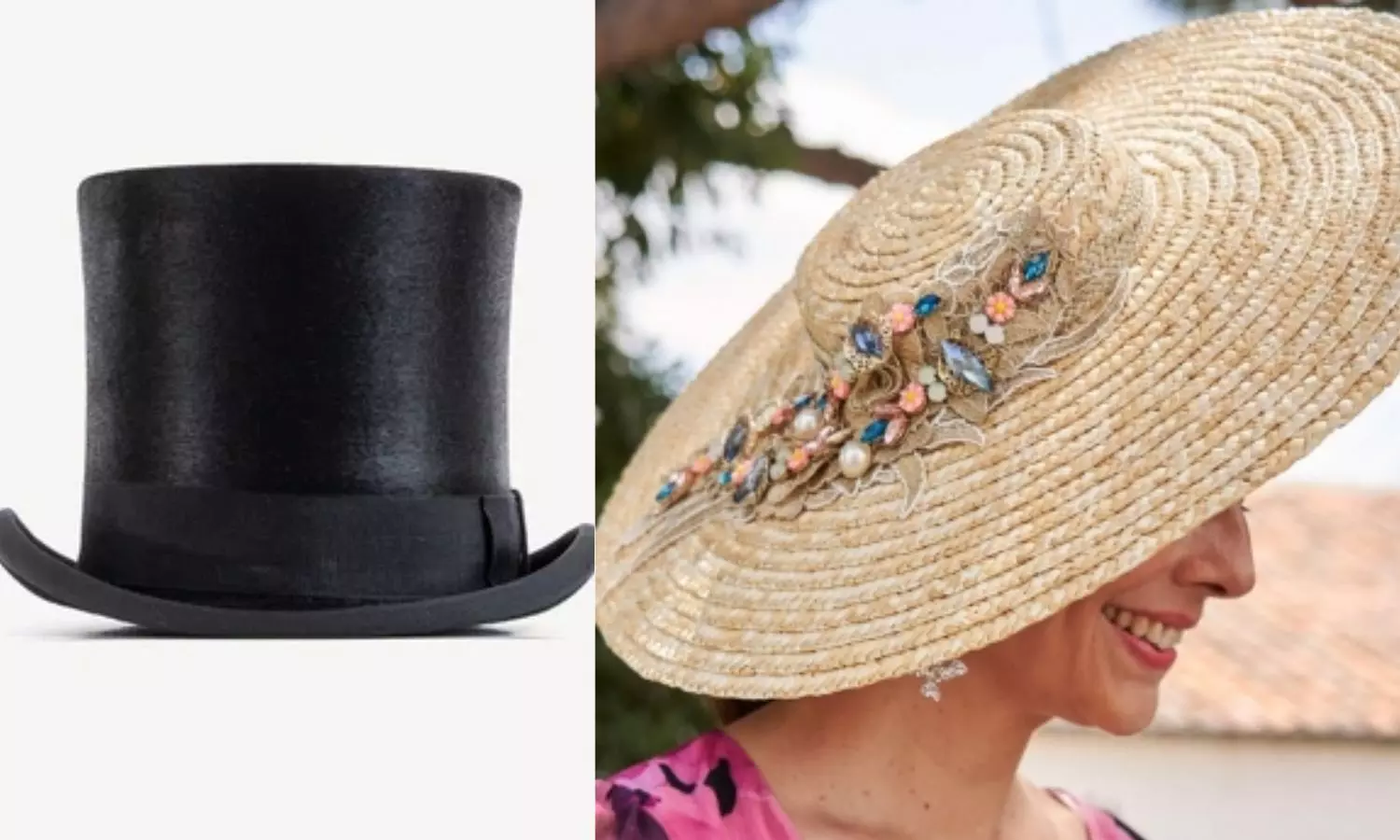Why Did Men Stop Wearing Hats? A Look at the Lost Tradition
Hats were once an essential part of every man’s wardrobe, but by the 1970s, their popularity faded. What caused this sudden change in fashion?

There was a time in the early 20th century when hats were as essential as shoes for American men. Picture this: around 35 million hats were produced in the United States each year. Considering the population back then, that worked out to nearly one hat per man annually. Whether it was a fedora, a homburg, a bowler, or a newsboy cap, stepping outside without something on your head was almost unheard of. Rich or poor, dressed up or dressed down, every man wore a hat.
It’s a far cry from today. By the 1970s, despite the U.S. population more than doubling, annual hat sales had plummeted to under 2 million. Suddenly, spotting a man in a hat became rare—maybe one out of every hundred. So, what happened? How did hats go from an everyday staple to a novelty?
The answer is more layered than you might think. To understand why hats fell out of fashion, it helps to first understand why they became popular in the first place.
A Brief History of Hats
For centuries, hats served both practical and social purposes. Long before baseball caps and beanies, hats like the bicorne and tricorne were worn across Europe and early America, not just as protection from the elements but as status symbols. By the 1800s, the iconic top hat took over, becoming a signature of wealth and success in rapidly growing cities.
By the early 1900s, hats had reached peak popularity. In fact, in the year 1900, over 42 million hats were sold—more hats than there were adult men. Styles like the fedora, the homburg, and the flat cap flourished, and most men owned multiple hats. Leaving the house without one? Unthinkable.
So, Why Did Hats Disappear?
Several factors slowly chipped away at the hat’s dominance. Based on research, here are five key reasons:
1. A Shift in Lifestyle
In the late 1800s, most men spent their days outdoors working on farms or traveling by foot or horse, making head protection necessary. Fast forward to the 1970s, and the average man was spending most of his day indoors, whether in an office or a factory. Simply put, fewer men needed hats to protect themselves from the sun or cold.
2. Changing Generations and Fashion
Post-World War II, younger generations wanted to break away from their parents’ traditions. The rebellious spirit of the 1960s brought a rejection of formal attire, including hats. Icons like Elvis Presley and The Beatles set the tone for a more casual style, and suddenly, looking like your dad wasn’t cool anymore.
3. Influence of Cultural Icons
John F. Kennedy is often cited as a major influence on hat-wearing habits. During his 1961 inauguration—a notably cold day in Washington, D.C.—he famously went hatless. The image of a young, charismatic president without a hat made waves and influenced countless men who wanted to emulate his modern look. Hollywood stars like James Dean and Marlon Brando only added to the trend, making bareheaded cool.
4. The Rise of the Automobile
Before cars, men spent a lot of time walking or using open-air transportation, which made hats necessary. But as cars with roofs became the norm, tall hats like top hats and fedoras became inconvenient. Lower car roofs meant taking hats off to drive, and as people spent more time commuting by car, the practical need for a hat vanished.
5. Advances in Comfort and Technology
Before modern heating, hats kept people warm indoors and out. But with the advent of central heating in homes, offices, and cars, staying warm didn’t depend on wearing a hat anymore. Better climate control made hats less of a necessity and more of an optional accessory.
The Bottom Line
The decline of the hat wasn’t caused by a single event but rather a gradual cultural shift. Changing lifestyles, generational rebellion, practical technology, and shifting fashion all played a part. In the end, the hat simply lost its place in everyday life.

